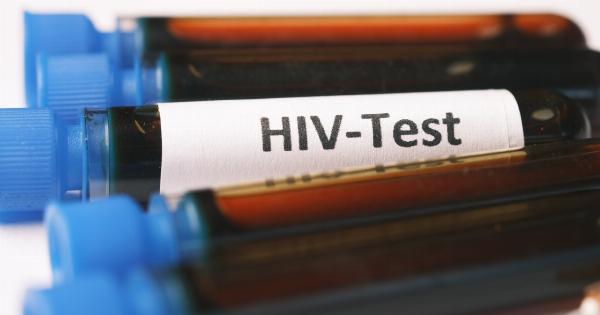For years, scientists and researchers worldwide have been tirelessly working towards finding a cure for HIV. According to the World Health Organization, approximately 38 million people were living with HIV in 2019.
While significant progress has been made in the development of antiretroviral therapy, a recent case has cast a shadow of disappointment over the medical community. A young girl who was believed to have been cured of HIV has experienced a devastating setback as the virus has returned.
The inspiring story of the cured girl
Several years ago, news broke about a young girl known as “The Mississippi Baby” who became the symbol of hope in the quest for an HIV cure.
The girl was born to an HIV-positive mother who did not receive prenatal care or antiretroviral drugs during pregnancy. Soon after birth, the newborn was given a high dose of antiretroviral therapy to combat the virus.
Over time, doctors noticed a significant decline in the baby’s viral load, leading them to believe that she had been cured.
The girl remained off medication for more than two years, and her case sparked optimism that a cure for HIV could be within reach.
A devastating setback
Unfortunately, recent reports have shattered this glimmer of hope. The young girl, now six years old, has experienced a viral rebound, indicating that the virus has returned.
Genetic testing confirmed that the virus currently infecting her is derived from her mother’s strain, debunking initial theories that she may have been infected by a separate source.
Healthcare professionals involved in the case have expressed their deep disappointment, as this setback has raised questions about the possibility of achieving a true cure for HIV.
It also serves as a reminder of the complex nature of the virus and the challenges researchers face in developing effective treatments.
The complexities of HIV
HIV, short for Human Immunodeficiency Virus, is a highly complex virus that attacks the body’s immune system. Its ability to rapidly mutate and hide within cells makes it exceptionally challenging to eradicate.
Until this recent development, the young girl’s case had been viewed as a potential breakthrough in the search for a cure. Its relapse highlights the need for continued research and vigilance in the battle against HIV.
Antiretroviral therapy, or ART, remains the most effective treatment for managing HIV. This therapy suppresses the virus, allowing individuals with HIV to live longer, healthier lives. However, it does not fully eradicate the virus.
Once treatment is stopped, the virus can rebound. Achieving a true cure still eludes medical professionals.
Scientists are investigating various strategies to eliminate HIV from the body. Some promising avenues of research include gene editing, therapeutic vaccines, and the “shock and kill” approach.
However, these methods are still in the experimental stages and require further study.
The importance of continued research
Although the return of HIV in the once-cured girl is undoubtedly a disappointment, it underscores the necessity of ongoing research and the need for sustained commitment to finding a cure.
This case serves as a reminder that HIV is a formidable adversary that constantly challenges scientists and researchers.
It is crucial to support organizations and initiatives dedicated to HIV research and treatment. Funding, resources, and advocacy play a vital role in advancing our understanding of the virus and developing effective interventions.
Continuing the fight against HIV
As disappointing as this news may be, it should not discourage our collective efforts to combat HIV. Progress has been made in reducing new infections and improving the quality of life for those living with the virus.
Stigma surrounding HIV also continues to diminish, making way for more open conversations and increased awareness.
Prevention remains a critical aspect of the fight against HIV. Safe sex practices, access to education, and widespread availability of testing and treatment are essential components in reducing the transmission and impact of the virus.
While the setback in the young girl’s case may cast a temporary shadow, it is important to remember that scientific breakthroughs often come after numerous disappointments.
The resilience and determination of researchers, healthcare professionals, and communities affected by HIV will ultimately pave the way towards a cure.




























